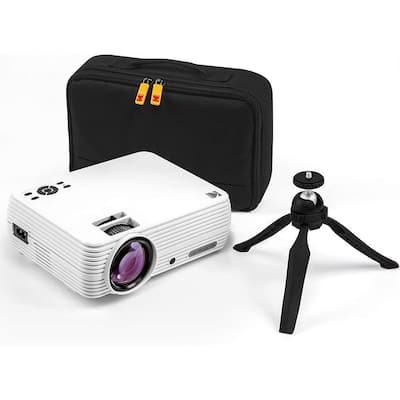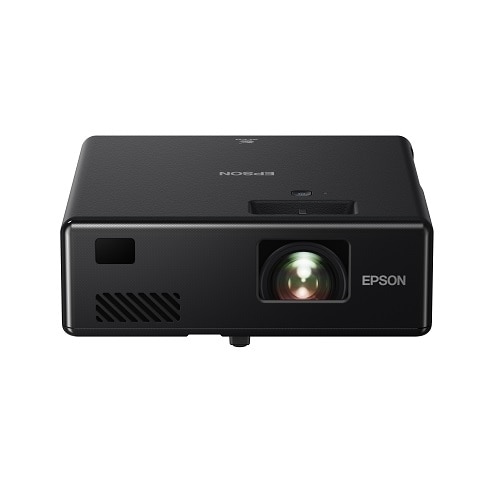how to put up a projector screen
This article will teach you how to put up a projector screen. It is a very easy, fast and cheap process that takes around an hour to complete.
Image source: https://www.youtube.com/
The most important thing is to ensure your projector is close enough to the wall so you can hang the screen properly.
Image source: https://pinterest.com/
Putting up your own projection screen can make your party more fun, save money and have a professional-looking setup in minutes.
Image source: https://www.amazon.in/
If you have an LCD projector, then you will need a white wall or ceiling to project onto. If you have an LED projector, then you can project onto just about anything.
Image source: https://www.flipkart.com/
An LED projector is great for displaying PowerPoint slideshows. Just make sure the material you are projecting onto isn't too bright in color or it could damage the screen.
Image source: https://www.lg.com/
To take the best possible advantage of your projector, you need to mount it in a particularly appropriate area. This is most often done on a wall or ceiling but can also be used on glass or plasterboard, depending on the surface’s natural properties.
Image source: https://www.reliancedigital.in/
A few other things that should also be considered when putting up a wall mounted screen are projector level (some projectors will jut out and stick into the wall behind them) as well as electrical requirements and space for seating."
Image source: https://www.homedepot.com/
The introduction to "How to Put Up A Projector Screen" briefly describes what's going to be discussed in the article.
Image source: https://justinrange.com/
This is the groundwork that gives you an idea of what the topic is all about. However, any information here should be brief and factual.
Image source: https://www.dell.com/
You don't want to give away too much or you'll risk losing your readers. Make sure you are enticing your readers to learn more by ensuring that the introduction has a hook, which can be something easily remembered, a bit of humour or something controversial.
Image source: https://www.asus.com/
You'll also want to consider using an article sub-heading within the introduction to divide it up into bite-sized chunks.
Image source: https://www.youtube.com/
This will help readers digest the information and stop them becoming overwhelmed with everything that's happening in this section of text. Sub-headings can also be used throughout your article to break sections up so readers don't get bored.
Image source: https://pinterest.com/
The introduction is meant to be used to set the scene for your reader, and you should use it to:
a) explain what the article is about, "what's in it for me?" b) how long it is c) where it is located d) who wrote it e) when it was written f) why you are writing it
Image source: https://www.amazon.in/
("I believe that this article will help those people who want..." g) how much access your reader will have to the information (will he or she have permanent or temporary access?), including whether he/she can use the information in some way.
Image source: https://www.flipkart.com/
Only after you've introduced your reader to the basics of what's in the article, you can then start outlinng the information. You should use this second section to:
Image source: https://www.lg.com/
a) explain what's going on b) explain how it happened c) provide a bit of "background information" d) provide an example e) summarize the main points f) suggest what else your readers might want to know (other articles, online resources, etc.) g) explain why you have written this article h) list any references to support your claims
The 'What is it?' section is where you must define or define your terms if any.













Comments
Post a Comment